Organisations must move away from gimmicks like yoga mats, and instead prioritise strategic management redesign to tackle an epidemic of mental health
Business and risk managers have been urged to tackle workplace mental health in the face of what leading experts are describing as significant paradoxes.
Post-Covid the move to hybrid and remote working was seen as a new era for work/life balance and it came with a renewed focus on employee wellbeing.
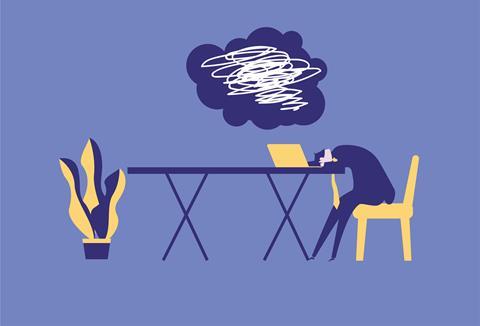
However while investment in wellbeing has risen there is growing evidence that workplace stress levels have too.
New research, presented at the 2025 European Congress of Psychiatry this month revealed despite the highest level of funding, guidelines, and regulation aimed towards mental health at work in 25 years, employees are now reporting greater workplace demands and less control over eadlines.
Many report that they fear their job will make them ill.
These stressors have a stronger negative impact on the mental health of millennials compared to earlier generations when they were at a similar age.
Nick Glozier, professor of Psychological Medicine, University of Sydney and lead Investigator, said: “Globally, an estimated 12 billion working days are lost every year to depression and anxiety at a cost of US $1 trillion per year in lost productivity. There are many risks to mental health at work including demands, which can peak in middle age due to employees reaching the pinnacle of their careers.
“It is very positive that there has been much more of a spotlight and funding towards mental health at work, but we have seen that the prevalence of mental ill health and subsequent disability benefits are on the rise. This has major implications for employers, insurers, regulators and benefit systems.”
Understanding the risks
Data from over 19,000 people from the years 2000 – 2020 were used, from a population-based cohort study. Investigators looked to evaluate whether work is becoming more stressful, and whether employees are less resilient.
Dr. Julian Beezhold, secretary general, European Psychiatric Association, added: “Interestingly, this study reveals a paradox in that while more funding is being set aside to support workplace employees’ mental health, the prevalence of employee mental ill health rates is seemingly on the increase.
“This may be explained by accepting that younger employees have an increased sensitivity to work stress effects and view work as becoming more stressful. It is something that must be considered by all groups if we are to mitigate the impact of work stresses on the mental health of all ages, otherwise we risk the inevitability of the more serious consequences it may lead to.”
He continued: “There is a prevailing paradox in workplace mental health. Never has so much been spent on prevention, intervention, and regulatory programs yet the prevalence of employee mental ill-health has not only not improved, but rates are seemingly on the increase.”
Key findings from the study include:
- Over 20 years, employees report an increasing trend in work being more stressful than they imagined, complex and difficult and fearing it will make them ill.
- Although employees felt they had more freedom to decide when they do their work, they report less control over how work is carried out.
- Encouragingly more people report using skills in their job and learning new skills.
- Disconcertingly millennials seem less resilient to work stresses than previous cohorts (i.e. Generation X) at any given age.
- The negative impact of higher levels of job demands on mental health has increased in younger cohorts, while at the same they receive fewer psychological benefits from autonomy and control over work, compared with older cohorts.
The European Psychiatric Association’s research has been backed by data in the new State of the Global Workplace 2024 Report published by Gallup which saw the company’s CEO highlighted the paradox when it came to employee mental health.
It revealed 20 percent of the world’s employees experience daily loneliness, which is highest for fully remote workers.
The report added globally, one in five employees report experiencing loneliness a lot of the previous day. This percentage is higher for employees under 35 and lower for those over age 35. Fully remote employees report significantly higher levels of loneliness (25%) than those who work fully on-site (16%).
Work itself decreases loneliness. In general, working adults are less lonely (20%) than those who are unemployed (32%), and this remains true across age groups. Work interactions do not necessarily need to be in person to provide a benefit.
A Gallup study found that all forms of social time (phone, video, texting), are associated with a better mood. That said, technological interactions such as messaging have thresholds - moods drop after moderate amounts.
Gallup CEO Jon Clifton explained: “The global deterioration of mental health is concerning. Some worry we’re spiralling out of control.
“United Nations secretary-general António Guterrez says, ‘Our world is becoming unhinged’. Perhaps he’s being overly pessimistic. After all, we’re living in the best time in human history.”
“Leaders know workplace stress is a problem - they’ve seen the data”
He continued: “If humanity’s mental health is rapidly declining during a golden era of progress and prosperity, it would present one of the greatest paradoxes of our time.
“If our collective mood hasn’t soured to historic proportions, it’s soured enough to impact our daily lives.”
Georgetown Professor Christine Porath found that rising stress is causing a rapid increase in incivility at work.
“This is particularly worrying considering we spend most of our lives working, second only to sleeping,” he explained. “In this year’s State of the Global Workplace report, 41% of employees report experiencing ‘a lot of stress’. Yet stress varies significantly depending on how organisations are run.
“Those who work in companies with bad management practices (actively disengaged) are nearly 60% more likely to be stressed than people working in environments with good management practices (engaged).
“In fact, experiencing ‘a lot of stress’ is reported approximately 30% more frequently by employees working under bad management than by the unemployed.
“Leaders know workplace stress is a problem - they’ve seen the data, heard it from their colleagues, and experienced it themselves. A quarter of leaders feel burned out often or always, and two-thirds feel it at least sometimes. Many are trying to address it, but often in ineffective ways.”
How to tackle the threats
Popular solutions include wellbeing apps or stress management training. Yet recent research by Oxford University finds “little evidence in support of any benefits from these interventions with even some small indication of harm”.
Clifton explained: “Mindfulness and wellbeing apps aren’t the problem, but when bad management uses them as a fix, it can make things worse,” he added. “It’s understandable when you consider that a major cause of workplace stress is not having the materials and equipment you need to do your job effectively.
“That problem can’t be solved with a yoga mat; it requires action from management. And the perception that organisations are investing in areas other than what employees need to get the job done can exacerbate stress.
“So, what works better? According to the Oxford study, ‘organisation-level initiatives such as improvements in scheduling change, management practices, staff resources or tailored job design’.
“In other words, changing the way people are managed at the organisational level. The global workplace can play a significant role in addressing the world’s mental health crisis. As detailed in this year’s report, changing how we manage people is critical for reducing stress at work and in life.”

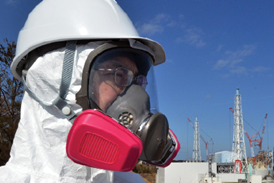



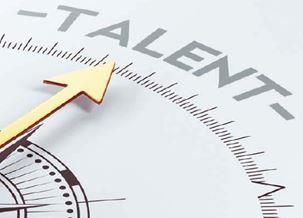
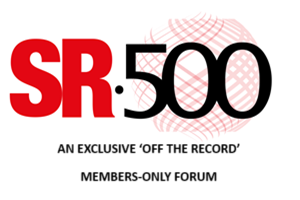
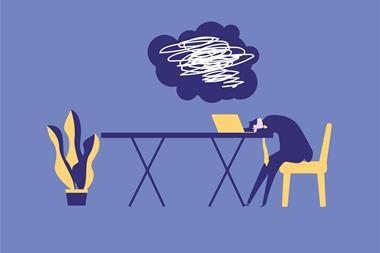


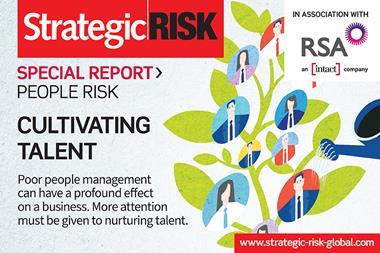
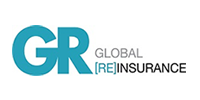
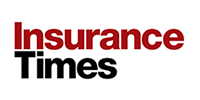

No comments yet